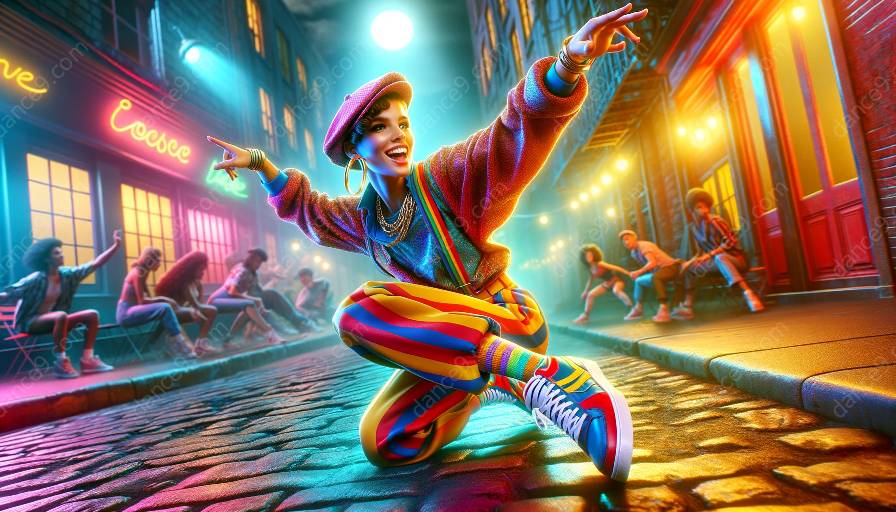Locking is a distinctive and dynamic dance style that has evolved over time, becoming a popular choice for dance classes worldwide. To understand the origins and development of locking, it's essential to delve into its history and cultural significance. This topic cluster will explore the evolution of locking as a dance style, its key attributes, and its impact on the dance community.
Origins of Locking
Locking originated in the late 1960s in Los Angeles, California. The dance style was heavily influenced by a variety of sources, including African American funk music and street dance culture. Don Campbell, a founding figure in locking, is credited with creating many of the signature moves that define the style. The name 'locking' refers to the way dancers freeze, or 'lock,' into specific positions during their performances.
Key Elements of Locking
Locking is characterized by its energetic and playful movements, which often incorporate rapid arm and hand gestures, knee drops, and distinctive footwork. The dance style is known for its emphasis on improvisation, encouraging dancers to express their individuality through dynamic and unexpected movements. Locking also incorporates elements of pantomime and storytelling, with dancers using their bodies to convey narratives and emotions.
Evolution of Locking
Since its inception, locking has undergone numerous transformations, adapting to changes in music, fashion, and popular culture. In the 1970s, locking gained widespread recognition through television shows and media exposure, solidifying its status as a prominent dance style. Over the decades, locking has continued to evolve, incorporating elements of other dance styles and influencing the development of hip-hop and street dance culture.
Cultural Impact
Locking has had a significant impact on the dance community, inspiring generations of dancers and choreographers. Its influence can be seen in contemporary dance classes, where instructors incorporate locking techniques and concepts into their teaching. The inclusive and vibrant nature of locking has also contributed to its popularity, attracting dancers from diverse backgrounds and fostering a sense of community and camaraderie.
Locking Dance Classes
Today, locking continues to thrive through dedicated dance classes and workshops. These classes provide students with the opportunity to learn the fundamentals of locking, explore its history, and develop their own style. Locking dance classes often emphasize creativity, musicality, and performance, empowering participants to express themselves through movement while building physical fitness and confidence.
Conclusion
The history and evolution of locking as a dance style exemplify its enduring appeal and cultural significance. From its origins in 1960s Los Angeles to its presence in contemporary dance classes, locking has celebrated individuality, creativity, and expression. By understanding the rich history and unique elements of locking, dancers can appreciate its impact and continue to contribute to its evolution in the dance community.













































































